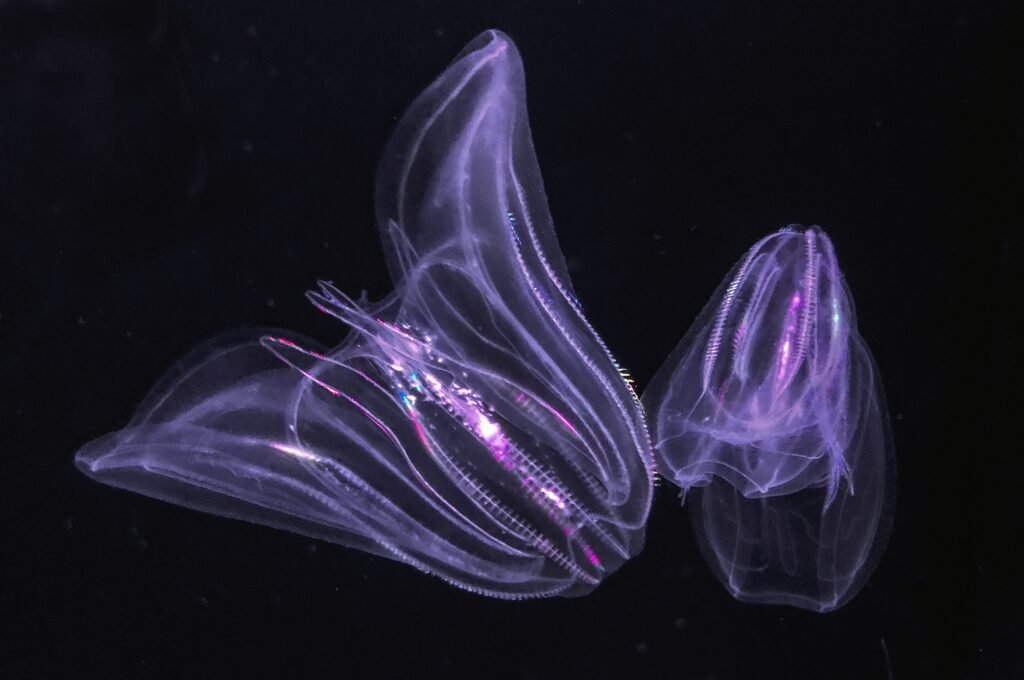Scientists found Waterworld planet with a boiling ocean in space
Scientists have found a distant Waterworld planet that may be completely covered in a deep boiling ocean in space. It expands the chance for livable conditions for humans beyond Earth.
James Webb Space Telescope (JWST) of NASA conducted this research. The research shows water vapor and chemical traces of methane and carbon dioxide in the exoplanet’s atmosphere. This exoplanet is twice the radius of Earth and around 70 light years away.

According to researchers from the University of Cambridge, this chemical mix is consistent with a water world where the ocean would cover the entire surface and a hydrogen-rich atmosphere. However, they do not see a pleasant and welcoming landscape.
Study researcher Prof Nikku Madhusudhan said the ocean of this Waterworld planet might be up to 100 degrees Celcius or higher. A heated ocean could still be liquid at high atmospheric pressure, but it’s unclear if it would be habitable.
The Journal of Astronomy and Astrophysics Letters supports this interpretation. However, the Canadian team challenged it. They conducted more research on the same exoplanet, known as TOI-270d.
They discovered the same atmospheric components, but suggest that the planet is too hot for liquid water (perhaps 4,000 degrees Celcius). Instead, they would have a rocky surface covered by a very dense hydrogen and water vapor atmosphere.
Whatever viewpoint wins, these recent observations highlight the extraordinary insights the James Webb telescope provides into the nature of planets outside their solar system.

Click here to read the updates on Giant volcanic superstructure found in the Pacific Ocean
The telescope collects starlight filtered through the atmospheres of orbiting planets. It provides breakdowns of the chemical elements present. Hence, the absence of ammonia which basic chemistry shows should arise naturally in a hydrogen-rich atmosphere.
The unique Waterworld planet TOI-270d found by scientists shows potential for habitable conditions for humans in space. However, scientists need to investigate more into it.
According to Prof Nikku, their interpretation is that this planet is a so-called “hycean” world with a water ocean under a hydrogen-rich atmosphere.
Read More:
- Sea creature turns into a baby when it is stressed out showing time travel
- Realme Narzo 70 Turbo 5G launch date, features, specifications & price
- European Space Agency printed 3D metal part in space for first time
- Earth’s mysterious Alaska triangle where over 20,000 people disappeared
- Philips Hue launched a new smart lighting solution for kitchen
- NASA to launch life-searching spacecraft to Jupiter’s moon Europa
Share this content:










Post Comment